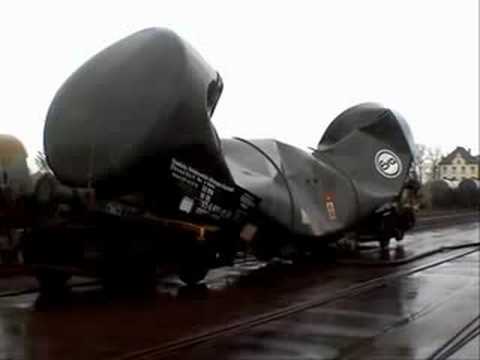manticle
Well-Known Member
The one thing I could think of would be to wait on your starter. A lot of times I brew at the last minute. If I have no dry yeast then I would want to make a starter. I could make a starter while brewing then pitch 24-48 hours later after the wort cools down.
That's exactly why you no-chill though (or one advantage) - so you can get your starter exactly right. As above, I make real wort starters.













![Craft A Brew - Safale BE-256 Yeast - Fermentis - Belgian Ale Dry Yeast - For Belgian & Strong Ales - Ingredients for Home Brewing - Beer Making Supplies - [3 Pack]](https://m.media-amazon.com/images/I/51bcKEwQmWL._SL500_.jpg)












































